
OR
Death of Peace in South Asia on October 27, 1947
Published On: October 27, 2020 03:55 PM NPT By: Adnan Javed Khan
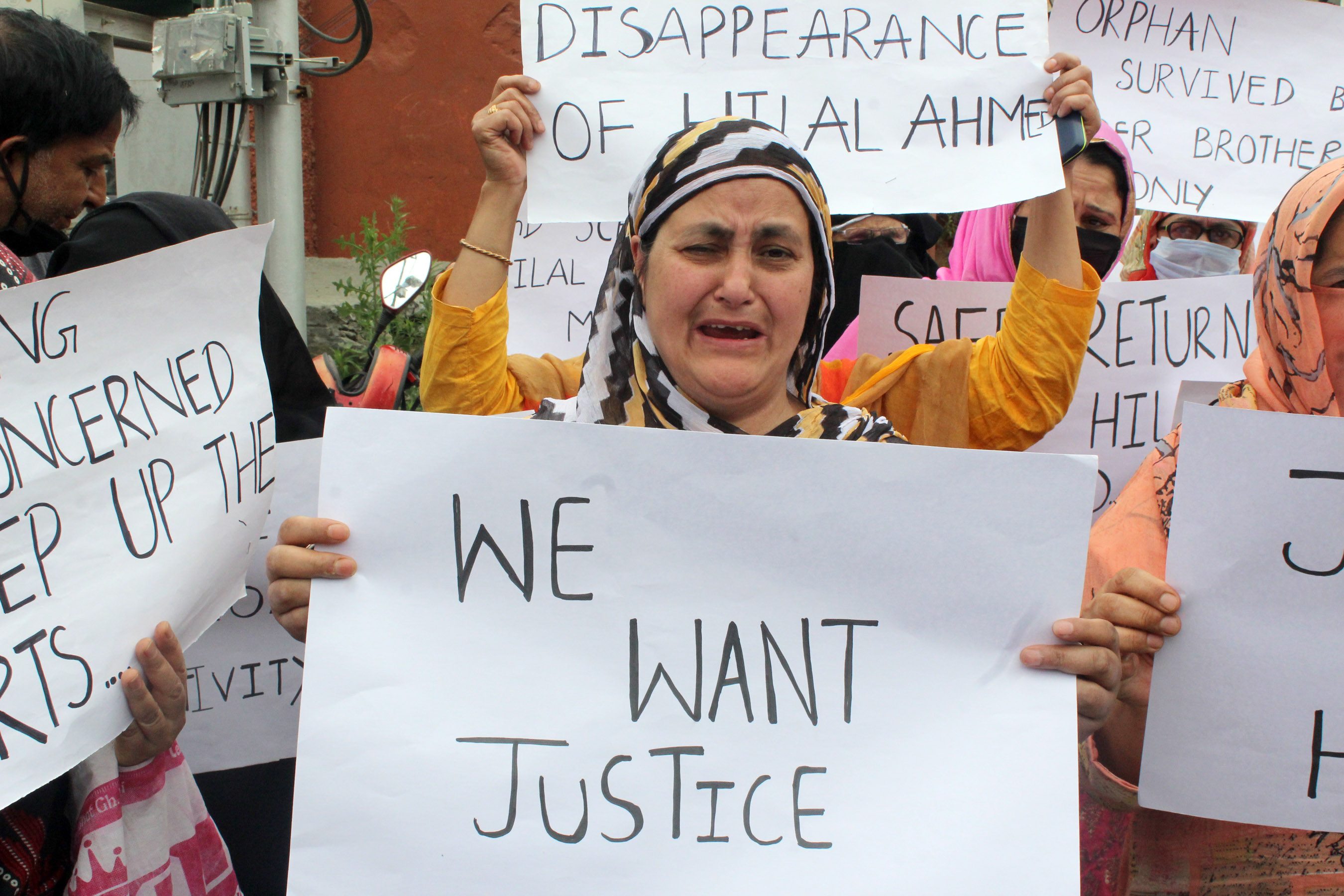

Adnan Javed Khan
Khan is Chargé d'affaires, The Embassy of Pakistan, Kathmandu.news@myrepublica.com
More from Author
Every year, all over the world, Kashmiris observe October 27 as the Black Day. This day is marked by a strike in the Indian Illegally Occupied Jammu and Kashmir (IIOJK). Demonstrations, rallies and seminars are organized to highlight the historical injustices, violations of international law, the UN resolutions and the brutalities committed by the occupying forces in the IIOJK.
The Indian Independence Act of 1947, also known as the Partition Plan, on the eve of the British departure was to divide India into two sovereign States: India, consisting of Hindu majority areas, and Pakistan, consisting of Muslim majority areas of Western provinces and East Bengal. The Princely States, which numbered more than 560, were to make a choice. Religion, geographical contiguity, economic connections were obvious factors.
Jammu and Kashmir was the largest Princely State in the British India with an overwhelming Muslim majority which had strong religious, cultural and geographical bonds with the Muslim-majority areas of Western provinces, and it was natural for Jammu and Kashmir to become a part of Pakistan. All its trade and communications were with the cities in Pakistan.
At the time of partition, Maharaja Hari Singh of the Hindu Dogra Dynasty was the ruling Monarch of the State. He offered to sign a standstill agreement with both the countries. Pakistan immediately accepted the agreement, while India asked for further discussions.
Maharaja Hari Singh, due to his oppressive policies, was massively unpopular among the Kashmiri population and was already facing opposition. In August 1947, his forces opened fire on unarmed and peaceful demonstrators who were demanding State’s accession to Pakistan. This incident added fuel to the fire of unhappiness of public at large, leading to a steep rise in public resentment, which had been brewing and spiraling for years. To suppress these rightful demonstrations, villages were burnt by the Maharaja’s forces. These actions of brutality resulted in a strong resistance in the adjoining Muslim majority areas.
Unfortunately, on October 27, 1947 India landed its forces in Jammu Kashmir on the basis of a dubious and highly questionable “Instrument of Accession” signed by the Maharaja Hari Singh.
The authenticity or existence of the so-called “Instrument of Accession” has been highly questionable. Most historians and researchers have questioned the very existence of such a document. For the sake of brevity, suffice it is to say that an authentic copy of the Instrument of Accession has neither been produced at the International fora nor made public to date by the Indian Government. Interestingly, the National Archives of India (NAI) has also declared the document ‘lost’.
Besides the questions surrounding the very existence of the Instrument of Accession, Indian argument needs to be seen against the facts that (a) the people of Jammu Kashmir, being predominantly Muslims, wanted to accede to Pakistan; they have made their wishe clear every single day of the illegal occupation, (b) Maharaja had lost effective control over most of the State due to popular Kashmiri uprising, and (c) ‘Standstill Agreement’ with Pakistan had created a legal bar to any unilateral change of status by Maharaja.
The forcible and illegal occupation of Jammu and Kashmir against the will of its people had resulted in a strong and just struggle for liberation and independence. In face of mounting resistance, India in January 1948, approached the United Nations Security Council (UNSC) to settle the Kashmir dispute.
This was followed by several resolutions adopted by the UN Security Council, promising the future of Jammu Kashmir to be determined “through the democratic method of a free and impartial plebiscite”. India’s leadership had also publicly promised to go by the wishes of the people of Jammu and Kashmir through a free and fair plebiscite.
India, despite the fact that it took the matter to the United Nations, never allowed the implementation of UN resolutions or fulfilled the pledge made by its leaders to this day. The Kashmiri people have been denied their promised right to self-determination, “through a free and impartial plebiscite” as enshrined in the UN Security Council Resolutions.
Today, the Indian Illegally Occupied Jammu and Kashmir (IIOJK) is the most heavily militarized zone in the world. Over 800,000 troops are deployed in the illegally occupied territory. These forces have enforced the most brutal campaign of suppressing the people of Jammu Kashmir.
Since 1989, the Occupation Forces have killed well over 100,000 civilians and thousands of women have been raped. Over a thousand youth have been rendered blind by use of pellet guns only in the last three years.
The European Parliament’s July 2008 resolution, that called for investigations into the issue of mass graves found in IIOJK, had condemned the unlawful killings, enforced disappearances, torture, and rape since 1989.
The UN Office of the High Commissioner for Human Rights (OHCHR), in its 2018 report, has documented the massive atrocities committed by the Occupation Forces in recent years. It demands establishing a commission of Inquiry to hold those accountable for the killings and blindings.
Despite exhausting all its resources and resorting to the worst kind of state-sponsored oppression during the past seven decades, New Delhi has failed to intimidate the people of IIOJK into submission. The human rights situation and the massive bloodshed need to be taken seriously and with the utmost sense of urgency.
Present-day Kashmiri youth is the fourth generation of those valiant people who stood against the forces of oppression to fight for their right to decide their future. That right which is rooted in their demography, history, and culture is promised to them by the United Nations. For durable peace and stability in the region, the dispute must be settled by implementing the UN Resolutions.
The events of October 1947 laid the foundation of this perpetual conflict in South Asia. It has led to several Indo-Pak wars and brought the two countries to the brink of war several other times. Many people call it the nuclear flashpoint. The problem has threatened the South Asian peace ever since the British left the sub-continent in 1947.
The observance of Kashmir Black Day on October 27 is intended to send a clear message to the world that the Kashmiris reject illegal occupation of their motherland and that they would continue their struggle till they achieve their right to self-determination promised to them by India and the world through several UN resolutions. The observance is also a means of reminding the world community to take stock of human rights violations in the Indian Illegally Occupied Territory and ensure a ‘solution’ of this dispute.
In all this discussion, what is most obvious is that the problem is not about finding a solution; it is about implementing a solution that has all along been there, documented in black and white; staring in our face. The sooner the Kashmir issue is resolved (in accordance with the UN resolutions) the better it will be for the people of Kashmir, for the regional peace and stability, for the credibility of world obligation and our notions for peace, justice and human rights.
Khan is Chargé d'affaires, The Embassy of Pakistan, Kathmandu.
You May Like This

Global peace possible only when big countries work on peace: NCP leader Nepal
KATHMANDU, Aug 6: Senior leader of NCP, Madhav Kumar Nepal, has said the world would be peaceful once the powerful... Read More...

‘Peace on Earth’ competition to celebrate Int’l Peace Day
KATHMANDU, July 26: The Search for Common Ground (SFCG) Nepal has announced a nation-wide peace video and photography contest to mark... Read More...

‘Peace on Earth’ competition to celebrate Int’l Peace Day
KATHMANDU, July 26: The Search for Common Ground (SFCG) Nepal has announced a nation-wide peace video and photography contest to... Read More...
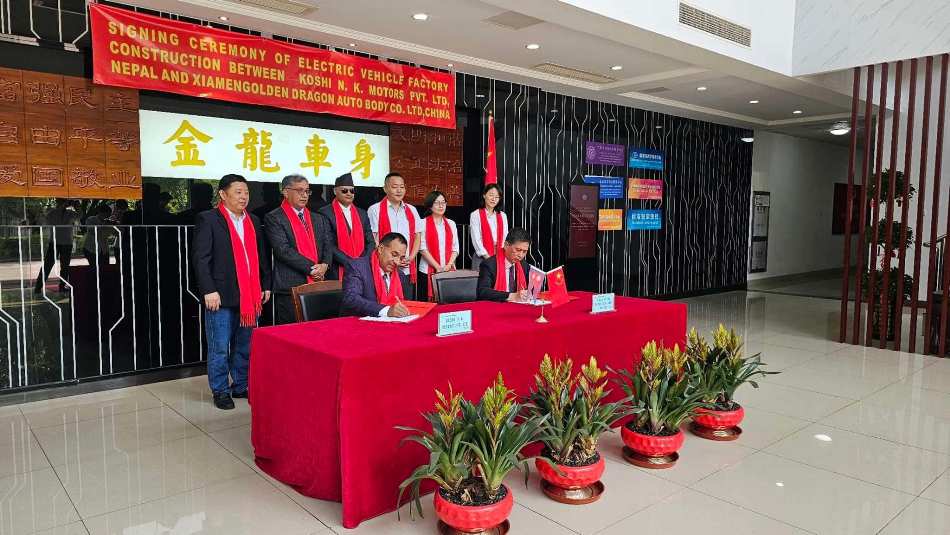
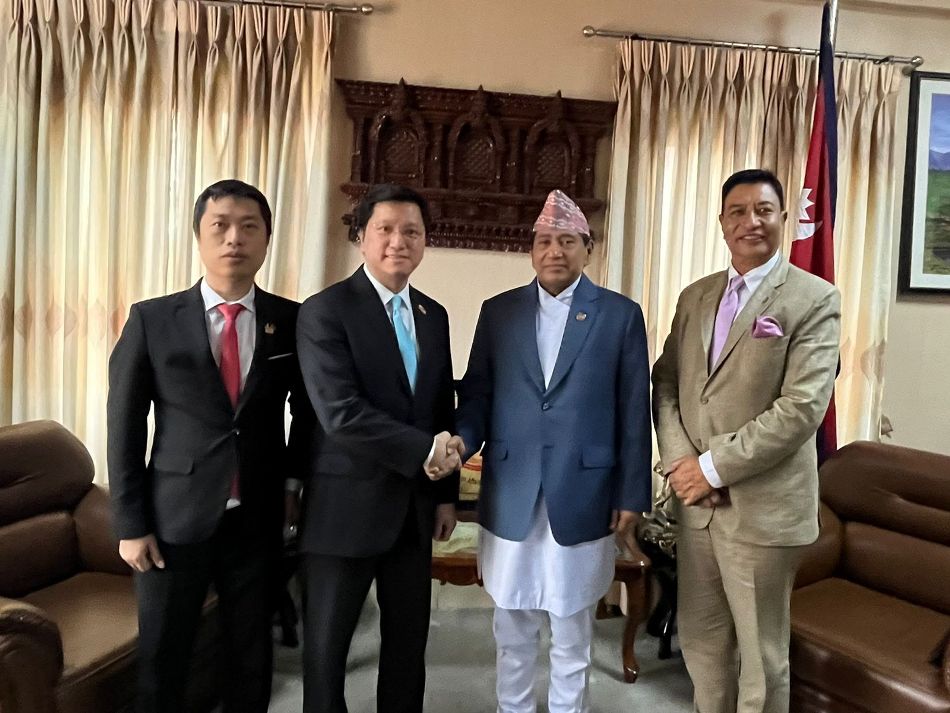

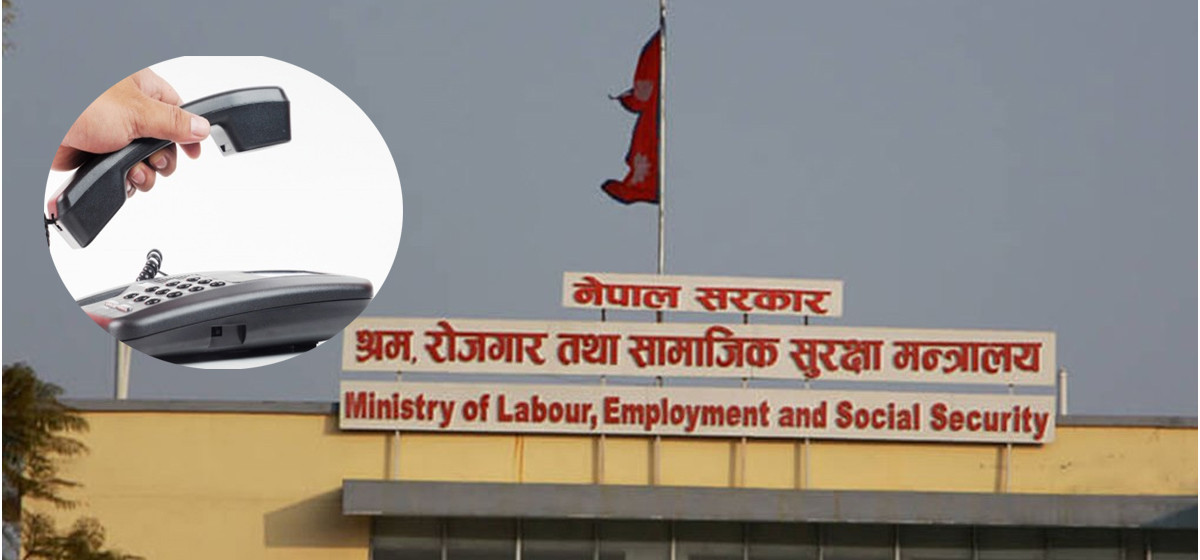
Just In
- Nepal and Vietnam could collaborate in promotion of agriculture and tourism business: DPM Shrestha
- Govt urges entrepreneurs to invest in IT sector to reap maximum benefits
- Chinese company Xiamen investing Rs 3 billion in assembling plant of electric vehicles in Nepal
- NEPSE inches up 0.07 points, while daily turnover inclines to Rs 2.95 billion
- Gandaki Province reports cases of forest fire at 467 locations
- Home ministry introduces online pass system to enter Singha Durbar
- MoLESS launches ‘Shramadhan Call Center’ to promptly address labor and employment issues
- Biratnagar High Court orders Krishna Das Giri to appear before court within one month in disciple rape case






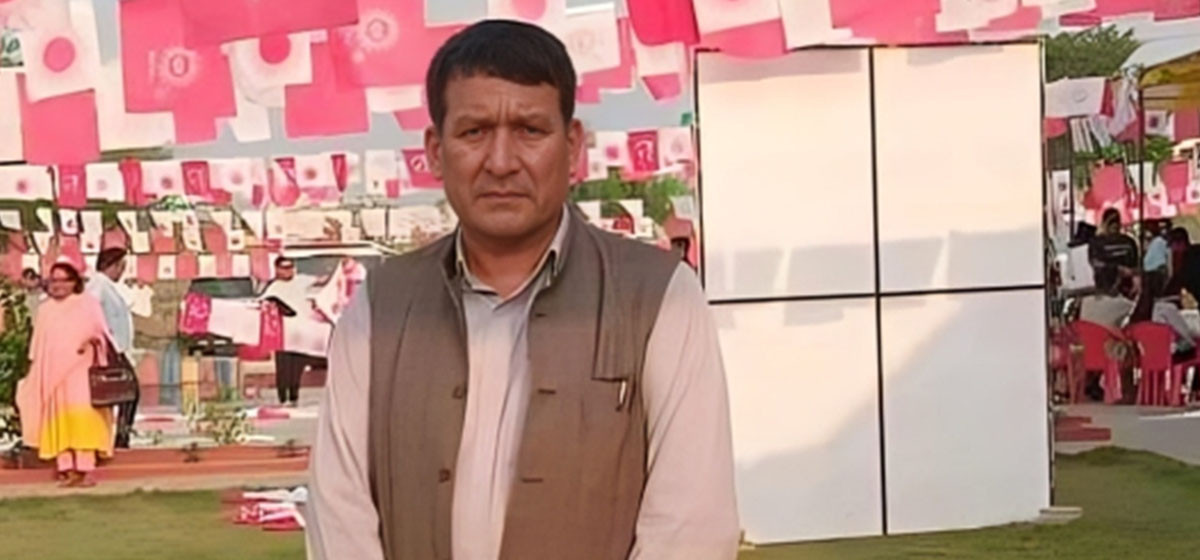
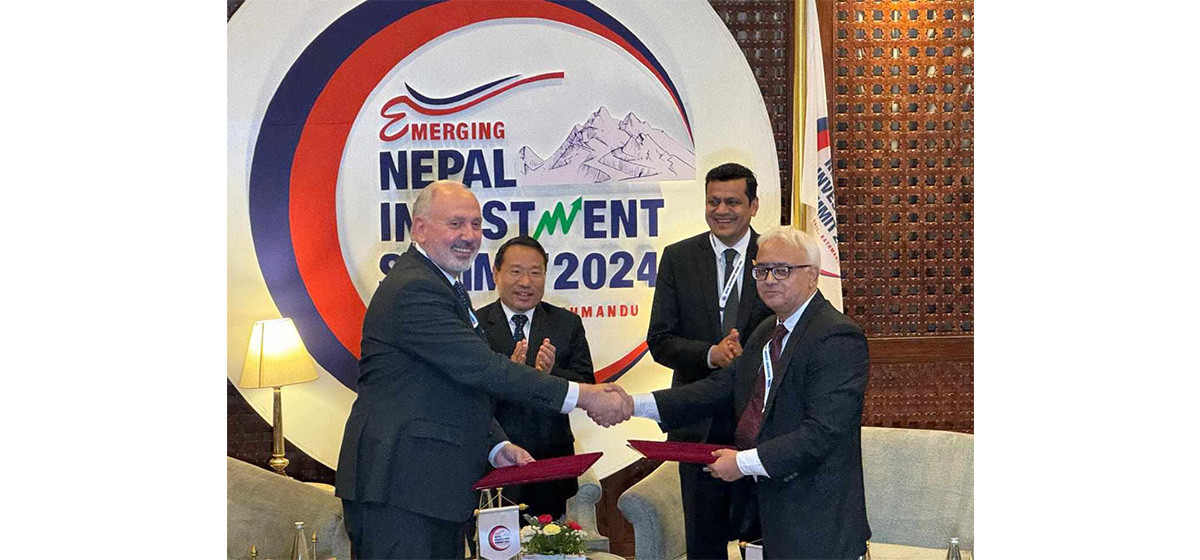
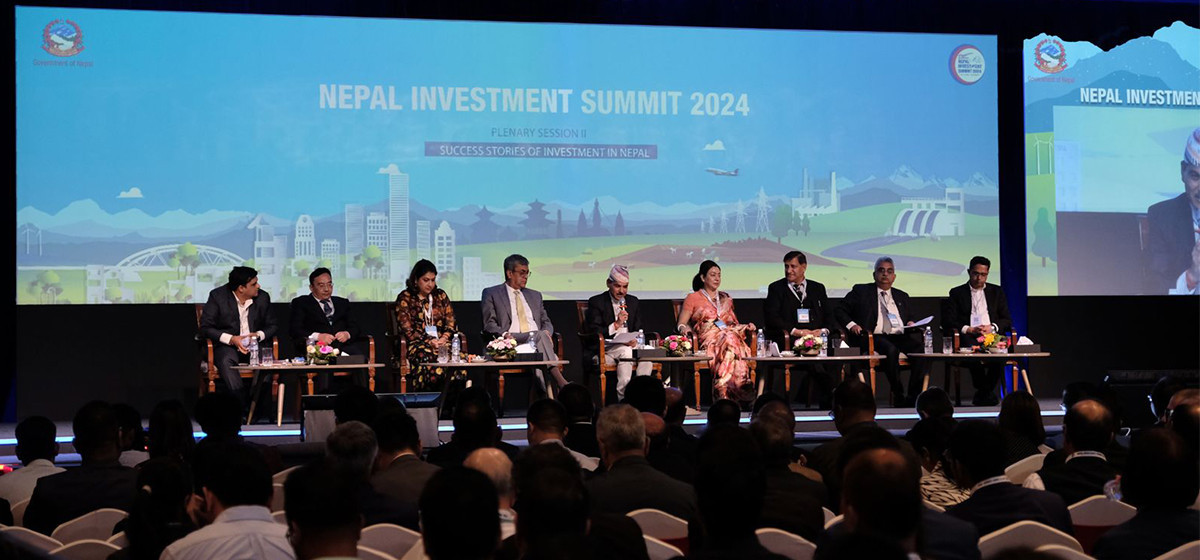


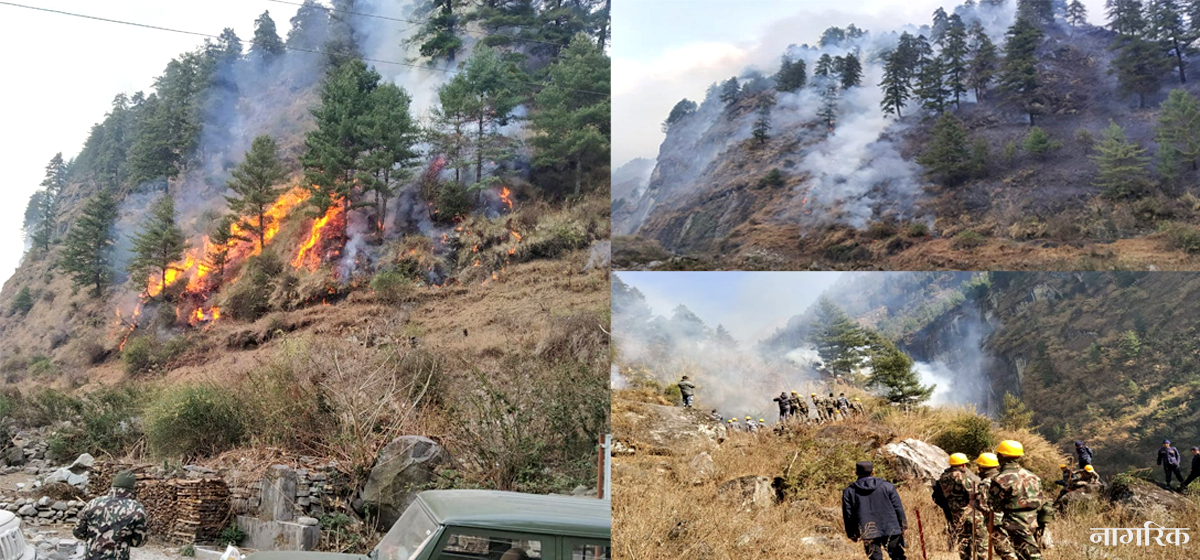

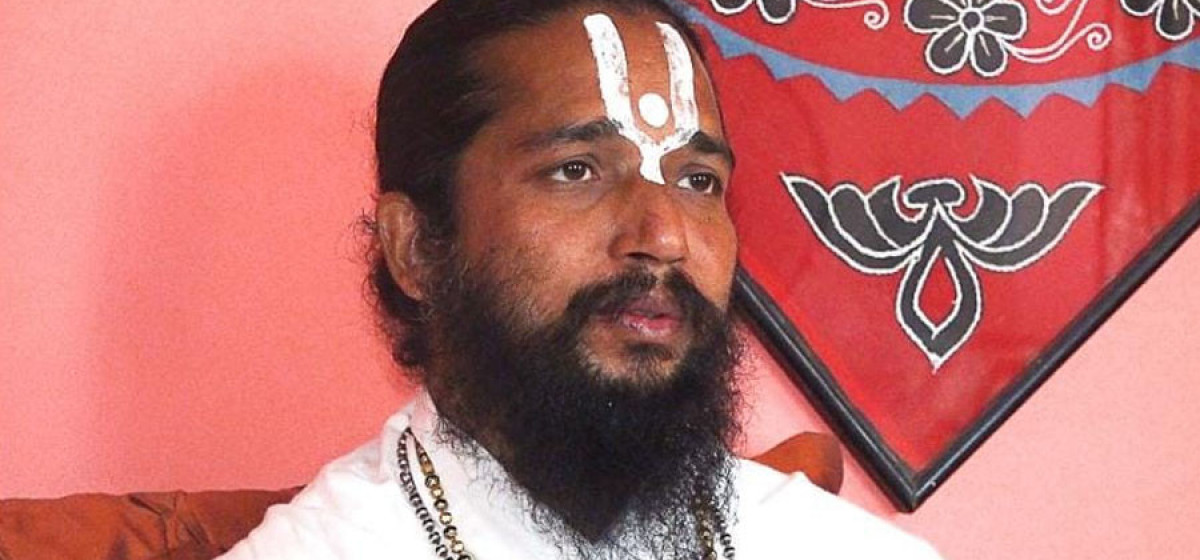
Leave A Comment